9 interior designers on how they create homes that boost your mood
Beautiful homes make us happy. Here's how nine interior designers keep well-being in mind while designing

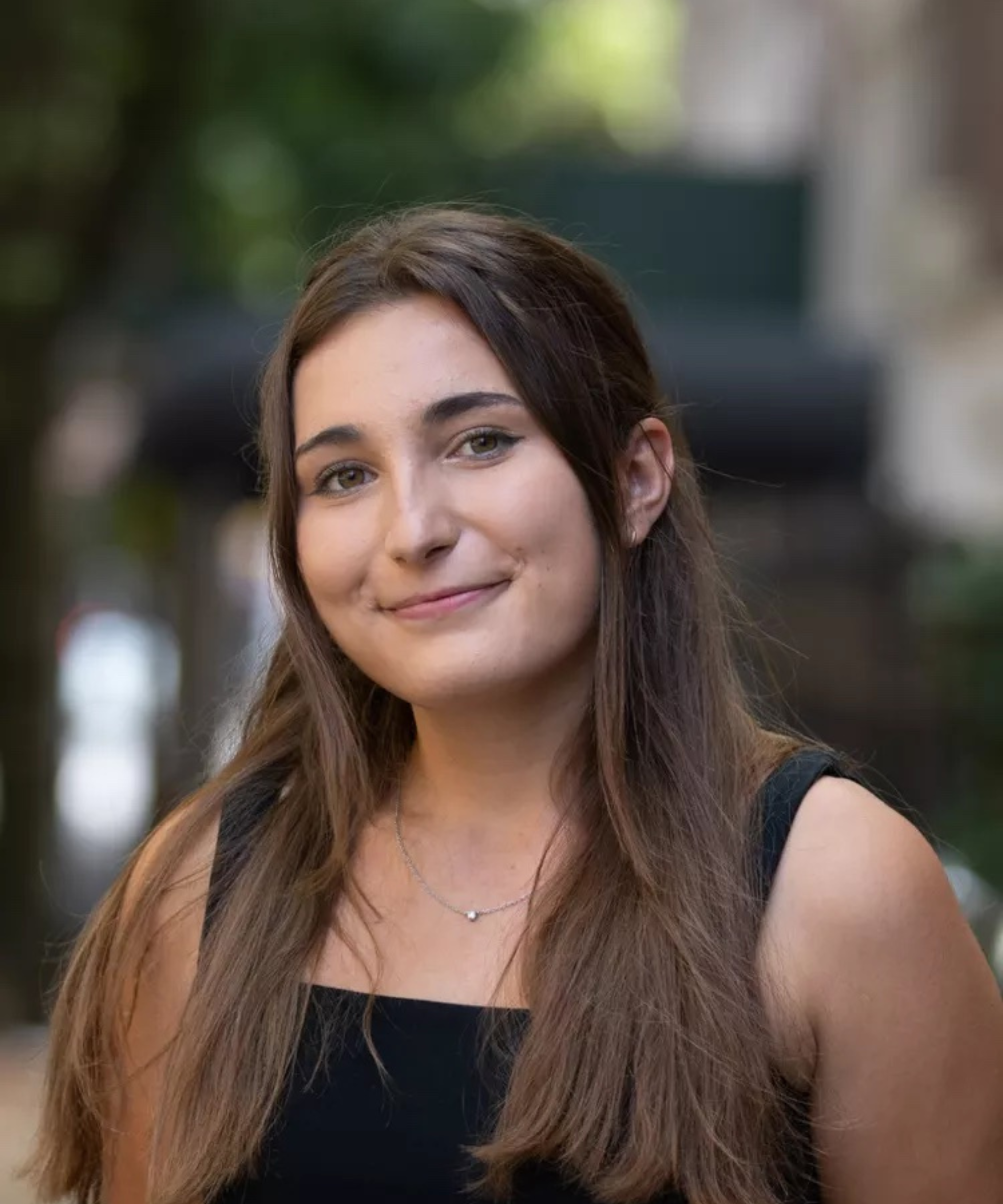
Interior design isn't just about beautiful spaces – the design choices we make can have a real impact on our peace of mind. From color schemes to functional features, so many elements of our homes contribute to the ease and enjoyment of our daily lives. It's important to keep your lifestyle – and overall happiness – top of mind when designing your home to ensure you're comfortable and at ease in your own space.
To get a bit of insight into what mood-forward design entails, we spoke with nine interior designers who pride themselves on centering clients' moods and well-being throughout their creative processes. Here's how the experts design homes that boost moods, each and every day.
How to design with well-being in mind
Quite a bit goes into prioritizing well-being throughout the home, and each room requires consideration. Here's how interior designers make happy homes, from material choices to function-first thinking.
1. Prioritize comfort
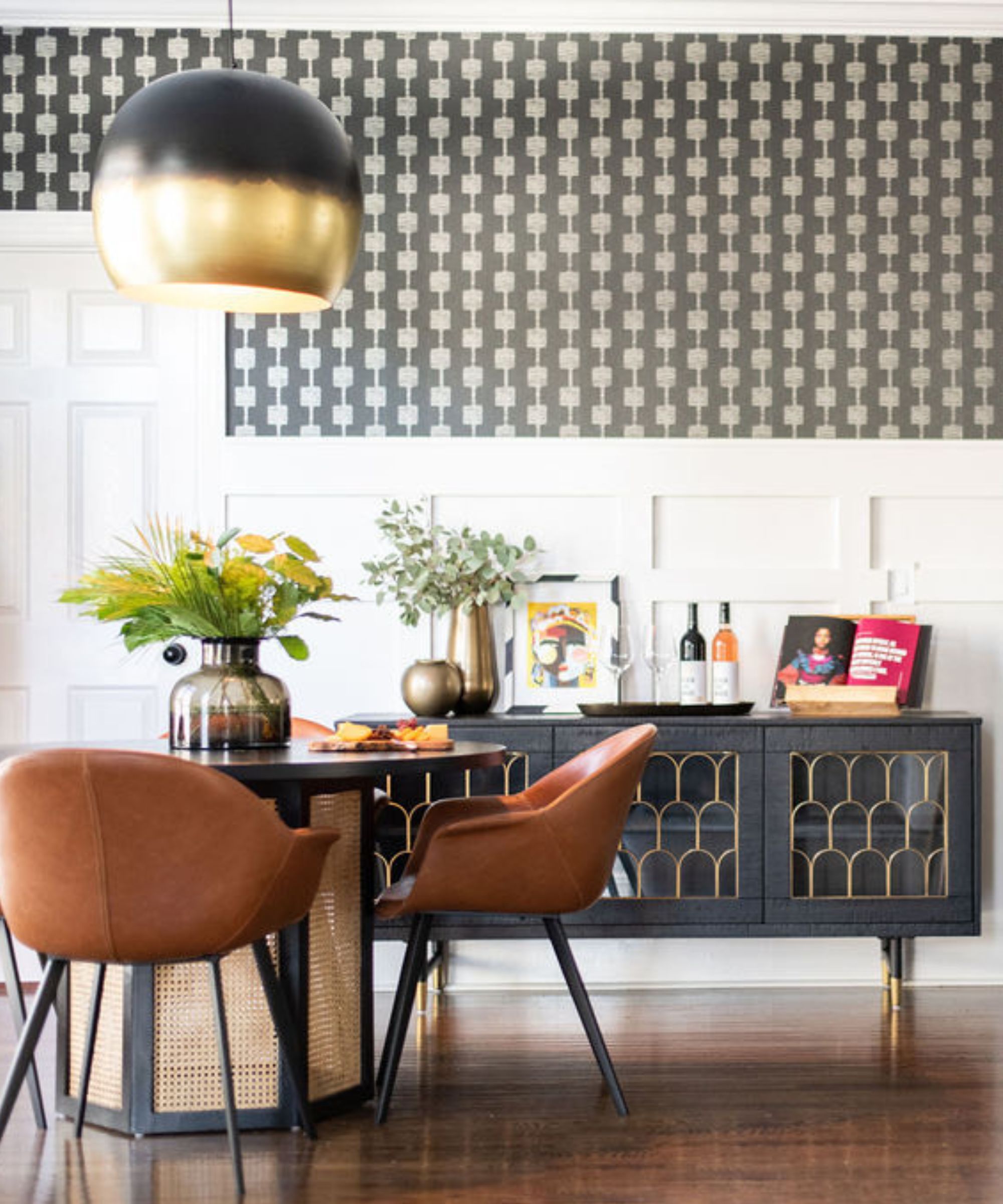
Marie Cloud, owner and principal designer of Indigo Pruitt Design Studio says that spaces that center happiness and well-being are truly timeless. By bringing natural light and organic elements into a space and choosing calming color schemes, she creates interior spaces that are both aesthetically pleasing and 'emotionally nurturing.' Marie suggests ergonomic furniture, intuitive layouts, and personalized elements for spaces that are truly bespoke and suited to individual lifestyles.
'This personal touch ensures that interiors are not just spaces to be admired but lived in and loved, offering a backdrop that supports daily life while fostering an environment ripe for relaxation and rejuvenation. The inclusion of wellness-centric design elements, such as meditation corners or spa-like bathrooms, further exemplifies a holistic approach, encouraging habits that contribute to a healthier, more balanced lifestyle,' says Marie.
Marie also suggests keeping all five senses in mind when designing a space, creating an ambient blend of 'light, texture, and even scent.' She says that this mindful approach to interior design 'acknowledges the profound impact of our surroundings on our mental and emotional well-being.'
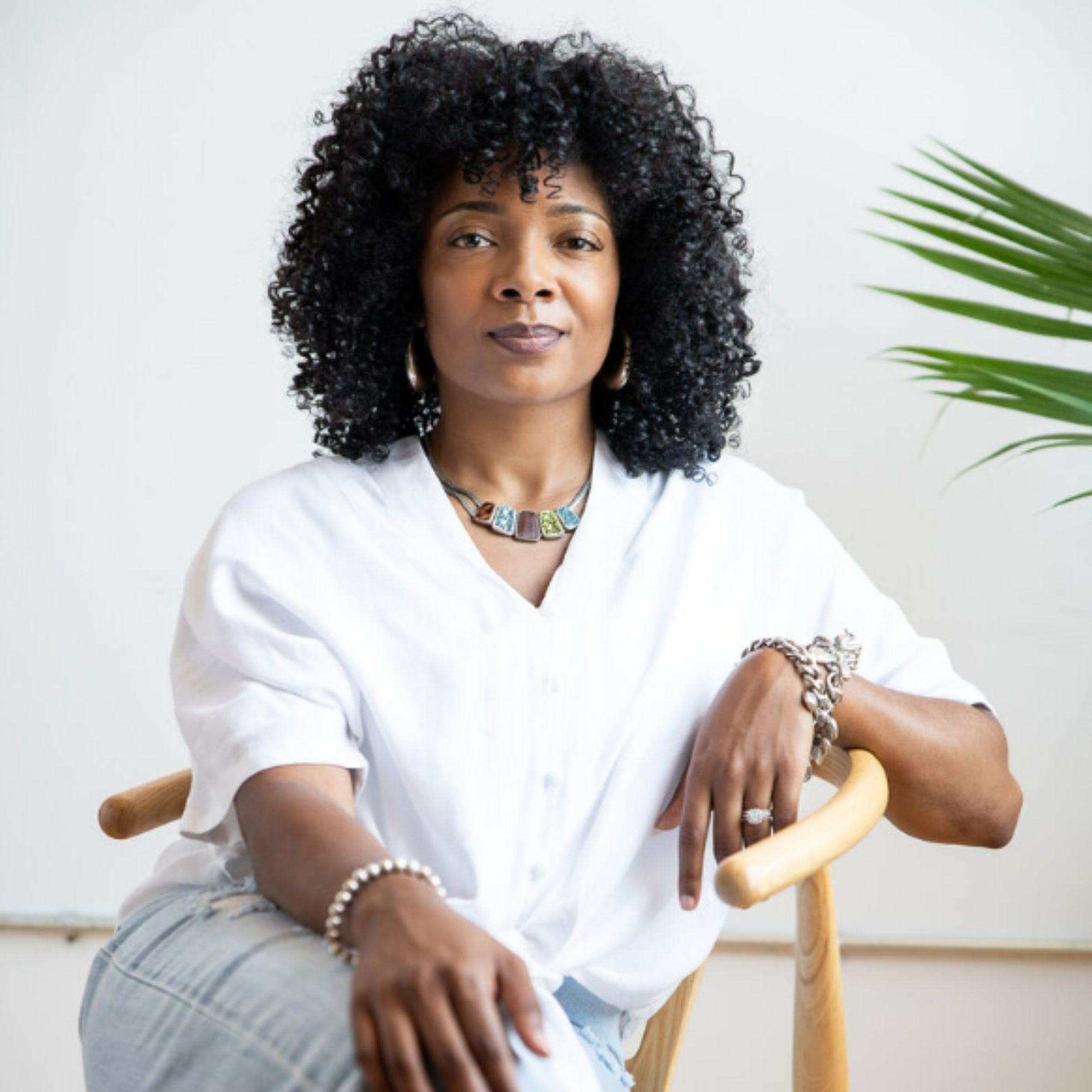
Marie Cloud is the Owner and Principal Designer of Indigo Pruitt Design Studio, a full-service firm based in Charlotte, North Carolina.
2. Keep habits and routines in mind
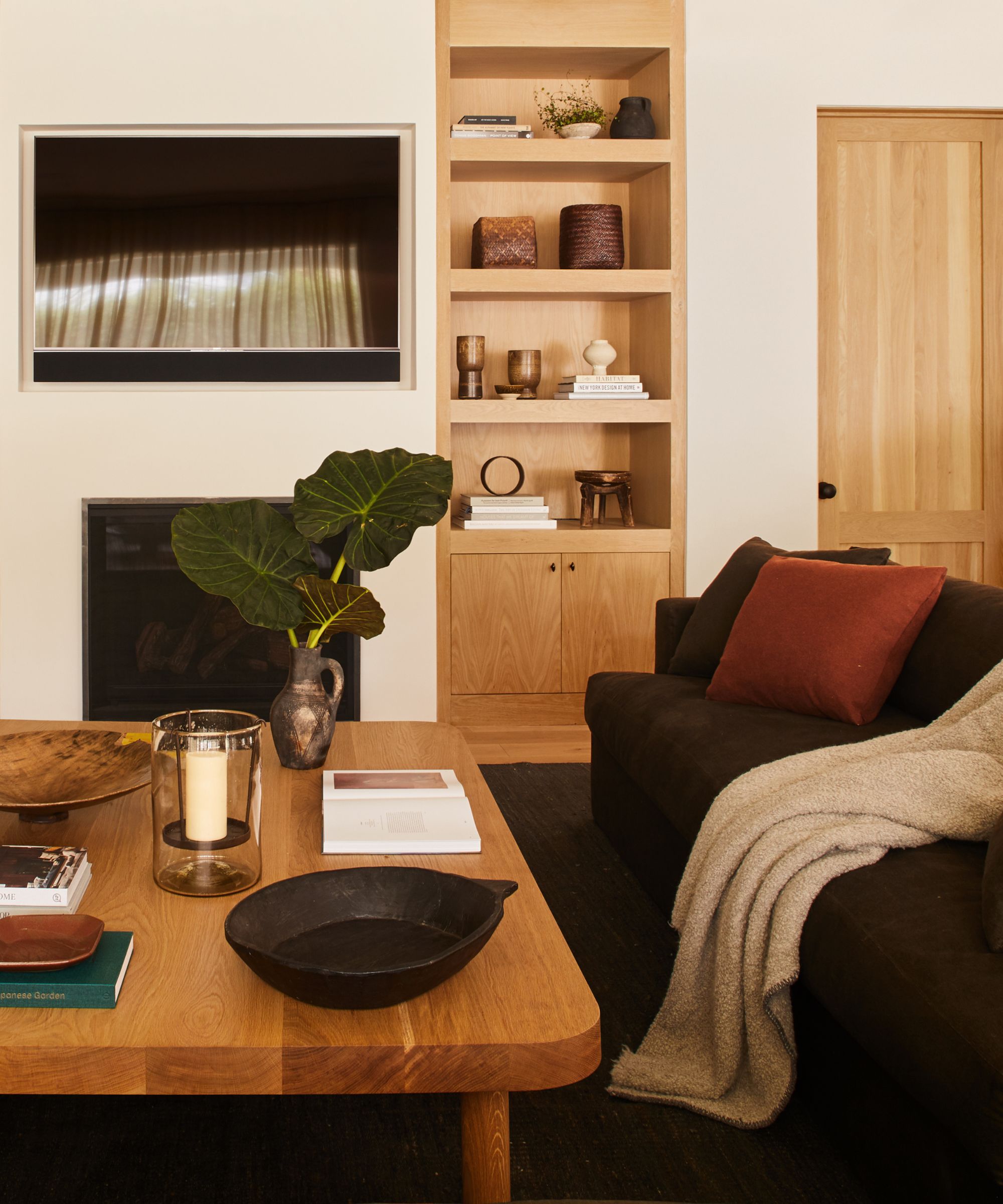
Just as we all want space in our homes for special occasions, we also need to plan for the mundane, everyday routines. And when creating a home that centers happiness, making these day-to-day habits simple is paramount.
'When first taking on a project, we like to walk through the space with the client and learn how they are going to live in the home. We learn their habits, rituals and needs to really enjoy their home,' says Lexie Sokolow, designer and brand manager at Los Angeles-based STUDIO LIFE / STYLE.
By asking important questions about space planning, desired aesthetics, and daily routines, STUDIO LIFE / STYLE assesses the design elements that'll make each home gorgeous, yes, but above all, functional.
'We incorporate certain materials, colors and details that feed into this. We like to also incorporate any existing special pieces the clients already own. When we can integrate the key pieces with the new items, it definitely bonds where the client is coming from with our new perspective,' says Lexie.
3. Bring the outdoors in
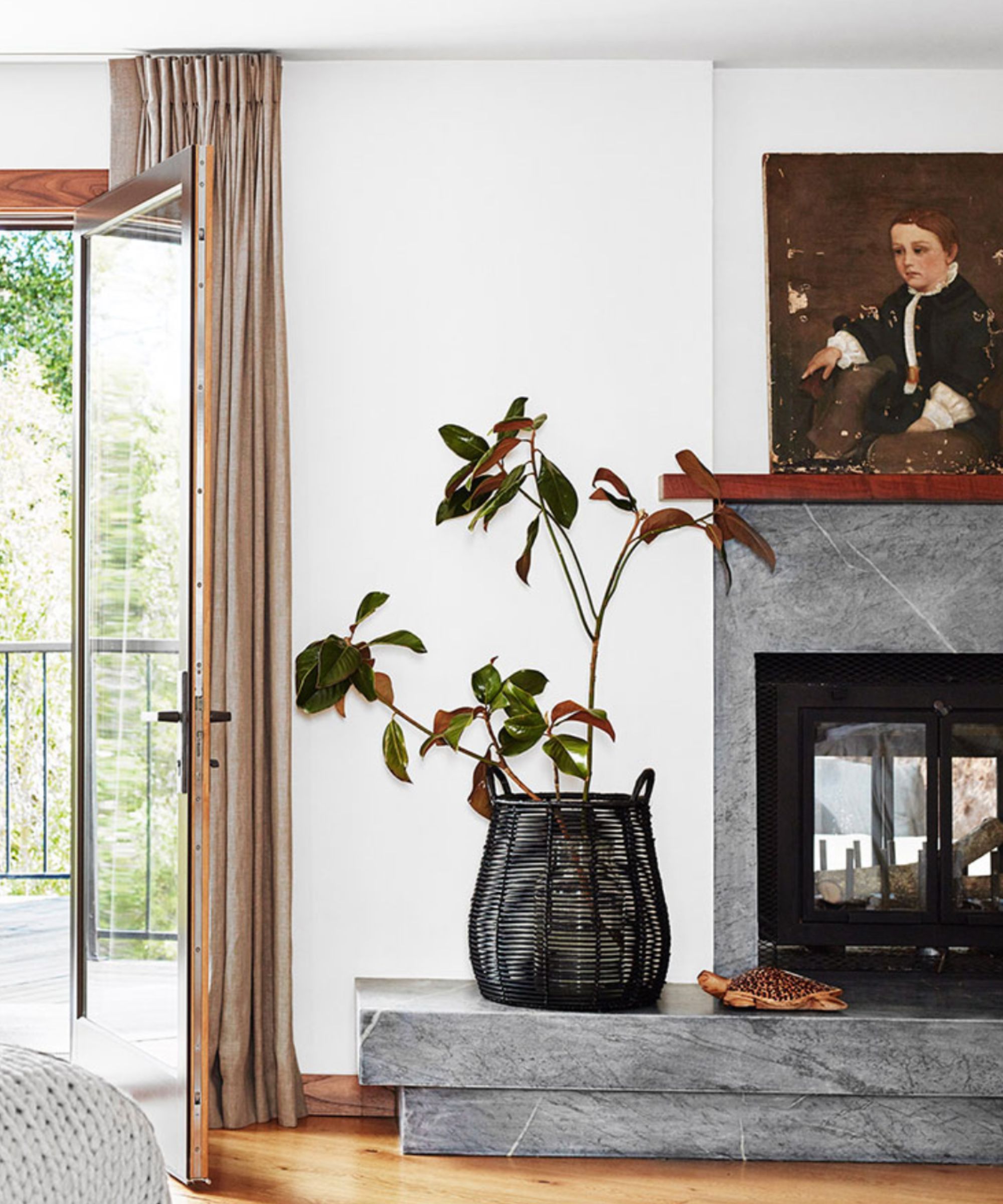
Nature is known to boost moods and uplift minds, so it's only natural that a home that seamlessly integrates the indoors and outdoors would do the same. Lisa Staprans, interior designer and founder of Staprans Design, says that this bedroom – pictured above – leaves the owner 'surrounded by nature's embrace,' incorporating panoramic views through floor-to-ceiling glass doors and a comfort-forward fireplace.
'Unlined linen curtains seamlessly connect the indoors with the outdoors, while strategically placed art evokes happy memories. Area rugs underfoot provide comfort and a tactile link to the earth, enhancing the room's grounding atmosphere. Soothing earthy colors complete the picture, forming a tranquil retreat that harmonizes with the natural world, inviting calm and relaxation,' says Lisa.
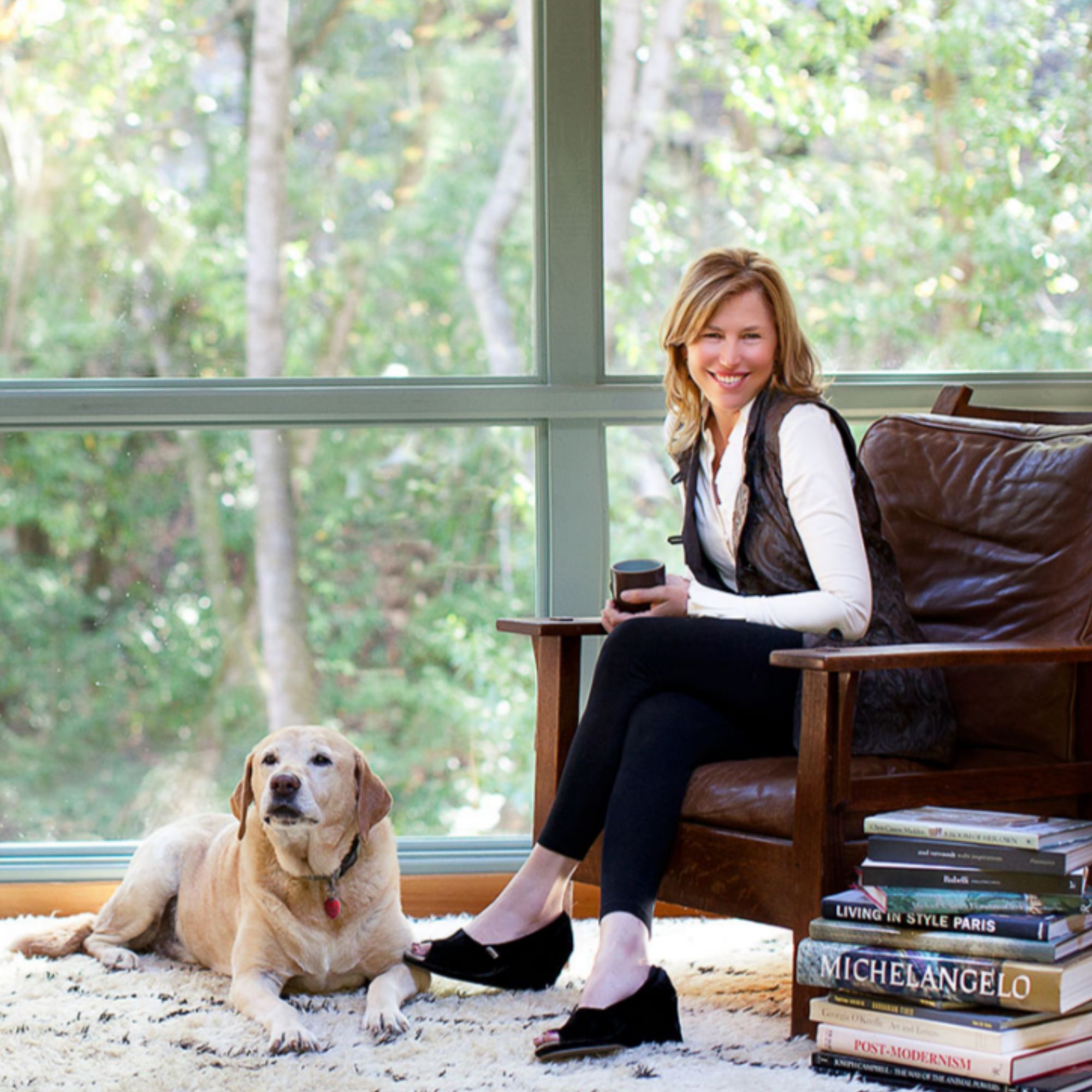
Lisa Staprans is the founder of Staprans Design, a design firm based in the Bay Area.
4. Think about the why
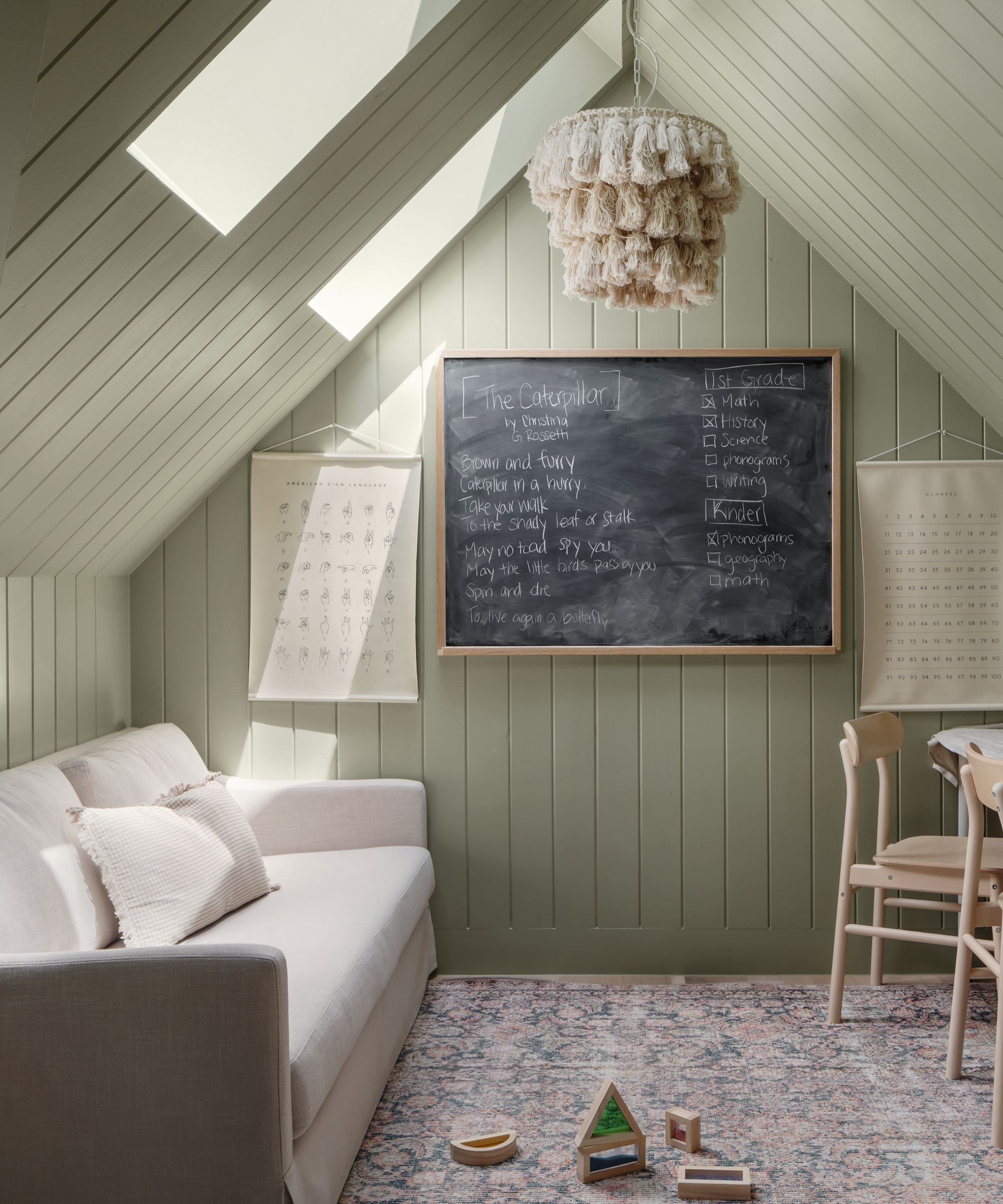
'The how is only as important as the why. WHY would we want to build homes that boost well-being, mood, and happiness? Because then the home becomes the place where some of our fondest memories are made. Home is a place to find rest and peace in an otherwise chaotic world. Home is a warm embrace for friends and family to gather, a place to be known and loved,' says Lauren Williamson, creative director of Cedar & Oak.
By thinking about all the little moments you and your family will share while in your space, you can equip your home to support you through them all. Lauren says it's important to 'make room for all of the highs and lows that come your way.' Let your home's entryway 'set the tone for the rest of the room,' and make sure your kitchen includes plenty of stowed kitchen storage 'to make way for a peaceful space,' she says.
'In the mudroom, we try to imagine creating a beautiful space that is durable for muddy shoes or paws, a home base for transitioning from the outside world. In the living room, we often fight for a fireplace. Do we need them in Austin, Texas? Most often, the answer is no. But there is something inviting, cozy, warm about a fireplace that draws people in,' says Lauren.
Lauren Williamson is the Creative Director of Cedar & Oak, a full-service design studio based in Central Texas.
5. Be intentional when lighting your space

'Elevated and well-designed environments significantly improve people’s moods and overall happiness. Some of the ways we help them accomplish this are through various design elements, whether it be specific materials or the execution of carefully selected and appointed lighting ideas,' says Paul Corrie, interior designer and founder of Paul Corrie Interiors.
Lighting has an undeniable impact on each and every room of the house – when designed right, it can make you feel a wide range of emotions, from peaceful and calm to energized and invigorated. Paul suggests equipping each room with a variety of light sources so that no matter the season or time of day, your home's lighting is working for you.
'Various sources of lighting are also essential to one’s wellbeing and quality of life. A balance of task and ambient light influences general mood, and multiple sources provide flexibility and function. Lighting can transform a room in shape and size, and this can change the ways in which we perceive a space,' he says.
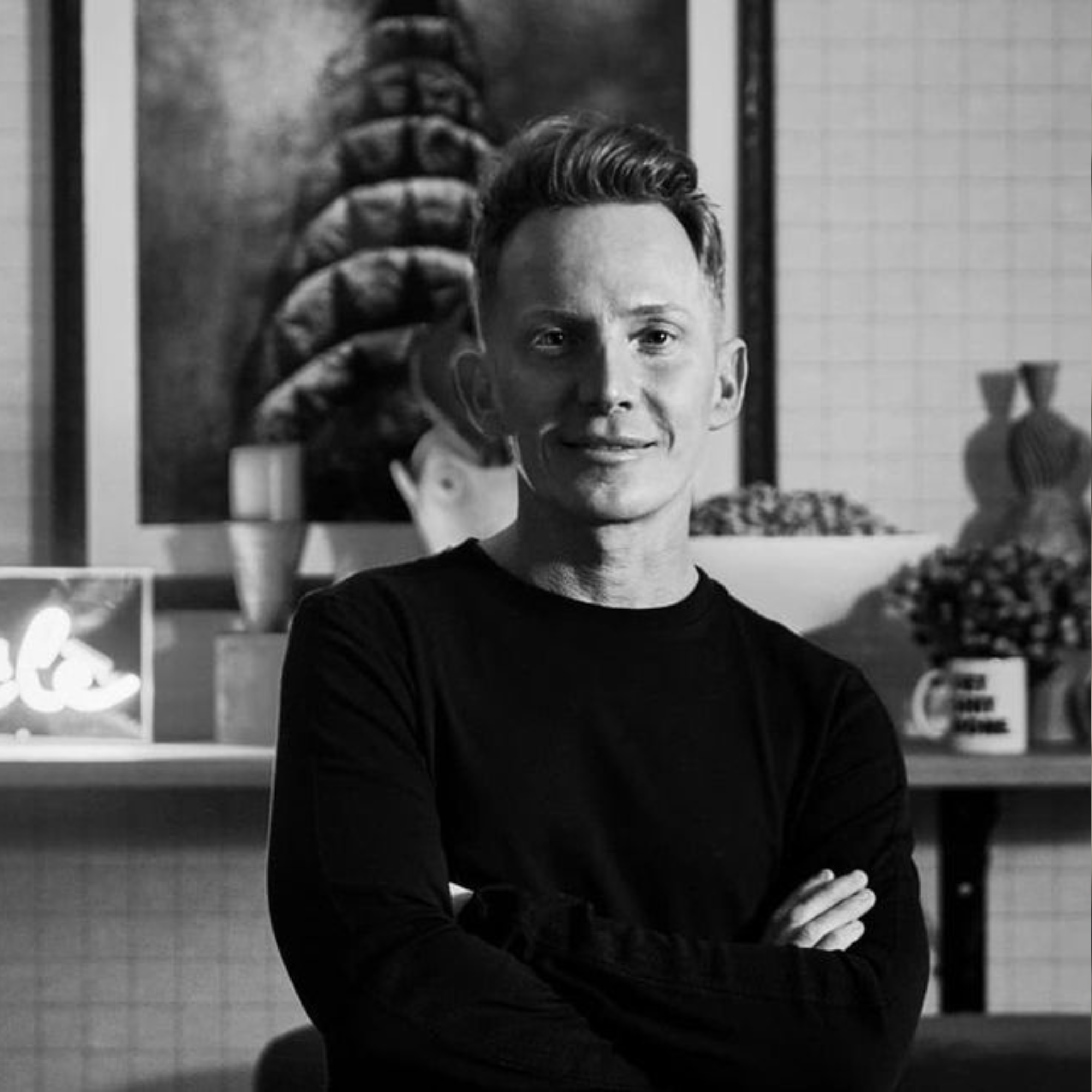
Paul Corrie is an interior designer and the founder of Paul Corrie Interiors, a boutique design firm based in Washington, D.C.
6. Integrate organic colors and patterns

Color and texture have a massive impact on how a space makes you feel. Lauren Lothrop Caron, interior designer and founder of Studio Laloc, says that a comfortable home tends to be 'the ultimate mood booster and an important source of wellbeing,' so she prioritizes these elements in every design project.
'What makes clients comfortable can be very personal but there is also a commonality: people want to be in spaces that feel warm, grounded and comfortable,' she says.
By including 'classic, comfortable and timeless pieces of furniture' and 'soft-to-the-touch, natural materials like linen, hemp, and wool,' Lauren creates an immersive environment that ensures the client's comfort is top priority.
'Color is also a very powerful and foundational tool for setting the overall mood of a space. I like to use colors that are both warm and ones that you may find in nature like pinks, greens, browns and yellows. We also often love to use patterns that are organic to provide a feeling of easy visual movement, like botanical and floral patterns,' she says.
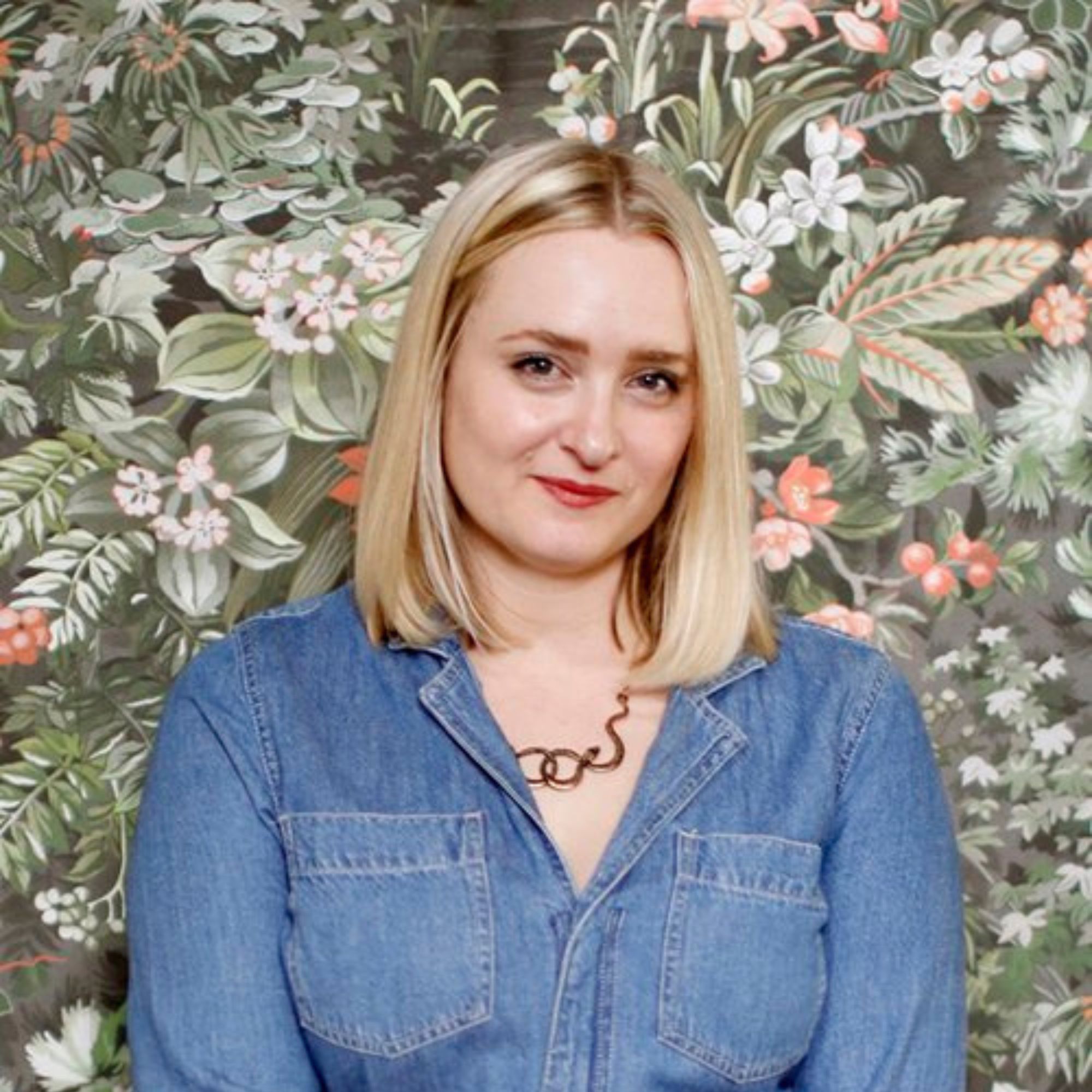
Lauren Lothrop Caron is the founder of Studio Laloc, a full-service interior design and architecture studio based in New York City and Seattle.
7. Align your space with your intentions

Tobi Wright, principal designer of New York City-based InsideWright, shares that many of her design projects channel clients' goals and desired feelings. For this living room in the West Village, Tobi's client requested a 'beach-poolside vibe.' To achieve the look, she matched design elements up with natural features, creating a calming oasis of a room.
'I achieved this through a combination of color and shape – fabrics and paint colors inspired by water, the horizon, and the sun; a sofa with legs like skis and cushions with literal and visual movement; a bench by Ot-tra with a wave-like base; a chair with a surfboard aesthetic,' says Tobi.
For this client, his mood-boosting home led him to an even happier reality – he ended up spending time on the West Coast, where he met his now-wife. 'The intention and investment that he put into his home materialized into his reality,' says Tobi.

Tobi Wright is the Principal Designer of InsideWright, a residential and commercial design studio based in New York City.
8. Center personal items
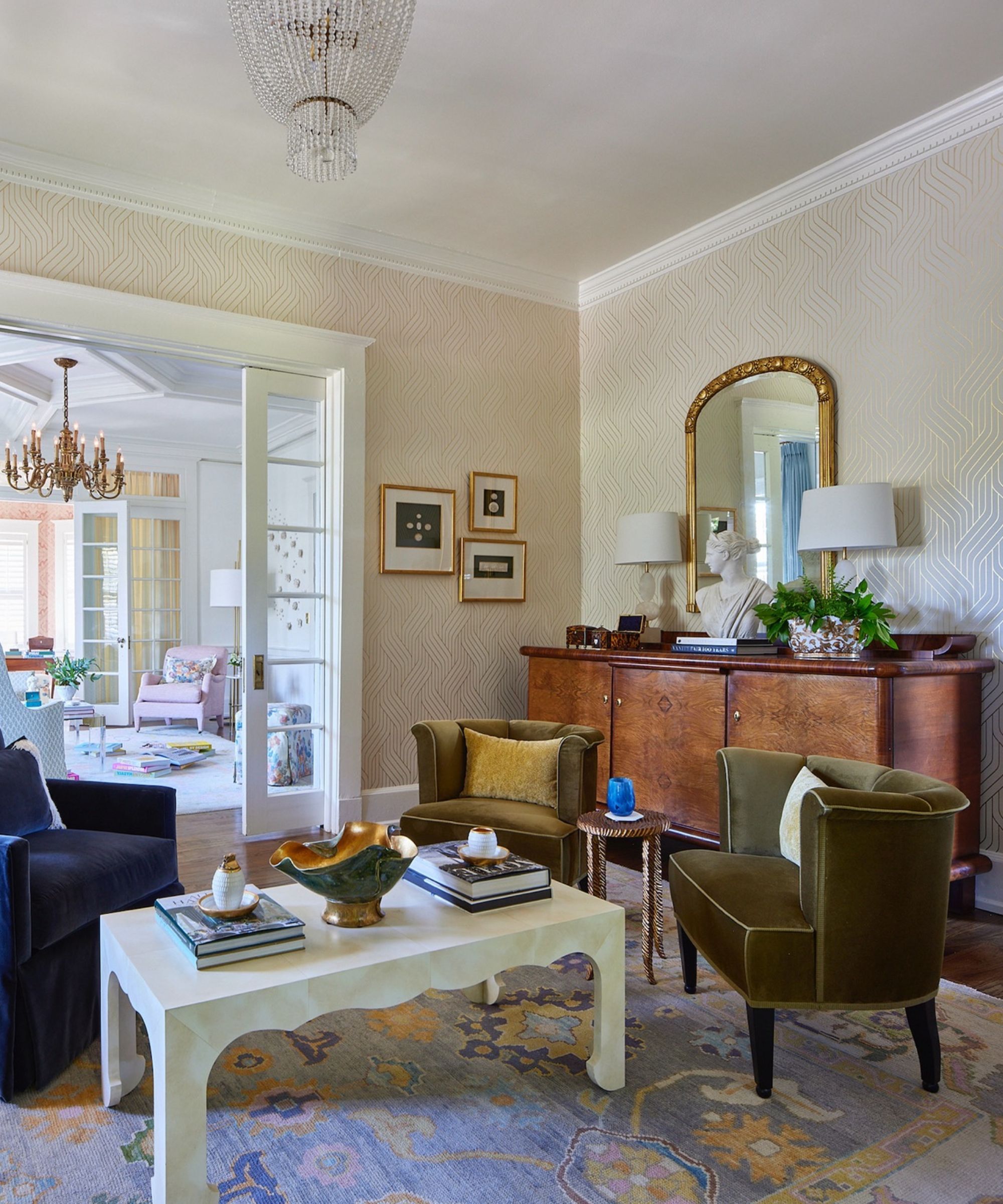
Paint ideas and furniture sets can undoubtedly improve the look of a room in an instant, but surrounding yourself with sentimental items – from family heirlooms to beloved souvenirs – makes your house feel like home. Lauren Robbins, founder and lead designer of Lauren Robbins Interiors, says that reflecting a client's personality in their home's design 'is a great way to ensure they love where they live.'
'Decorating with art with great color, and personal items collected from travels and experiences ensures a client finds joy and is uplifted every time they enter their home,' says Lauren.
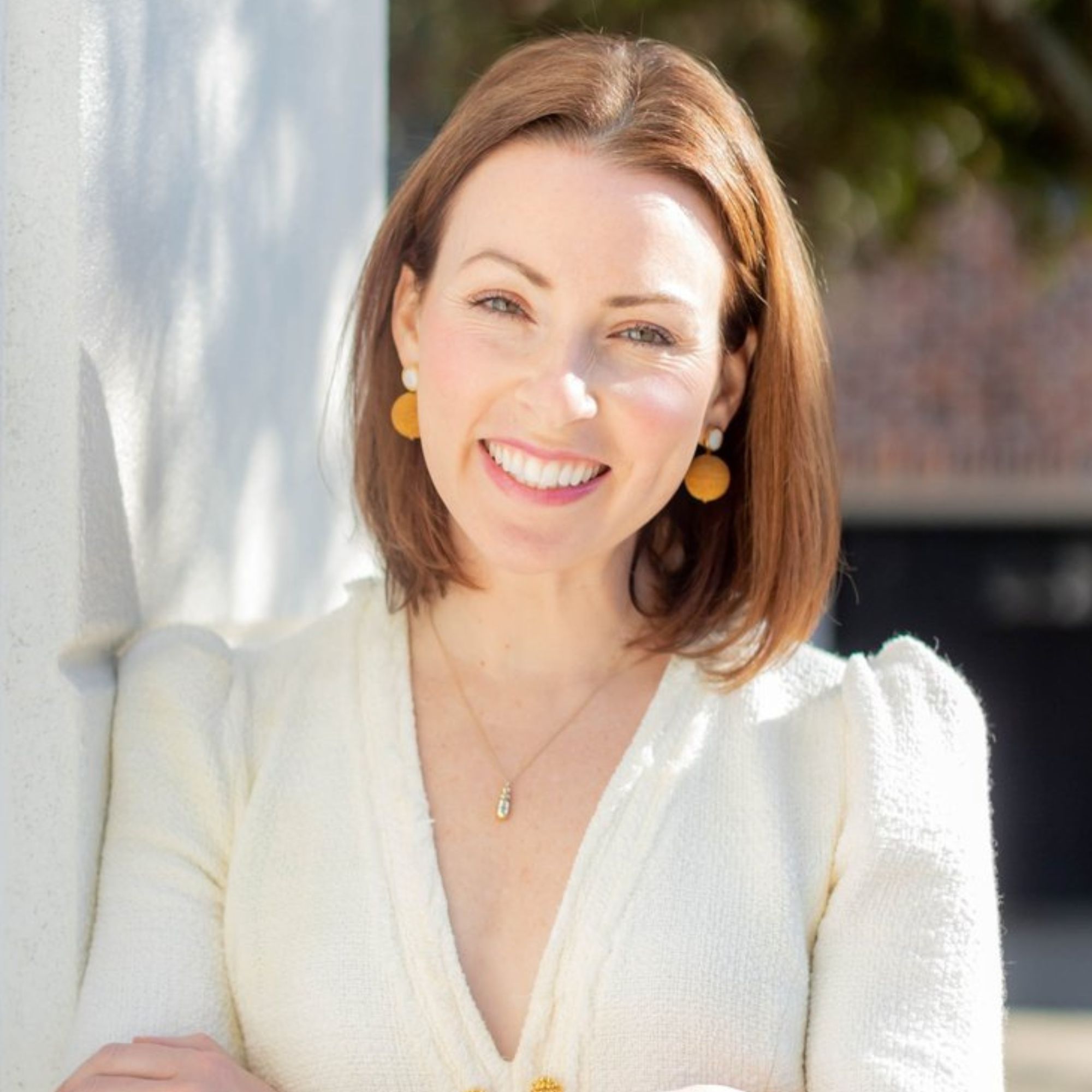
Lauren Robbins is the Founder and Lead Designer of Lauren Robbins Interiors, a residential design studio based in Georgia.
9. Experiment with expressive wallpaper
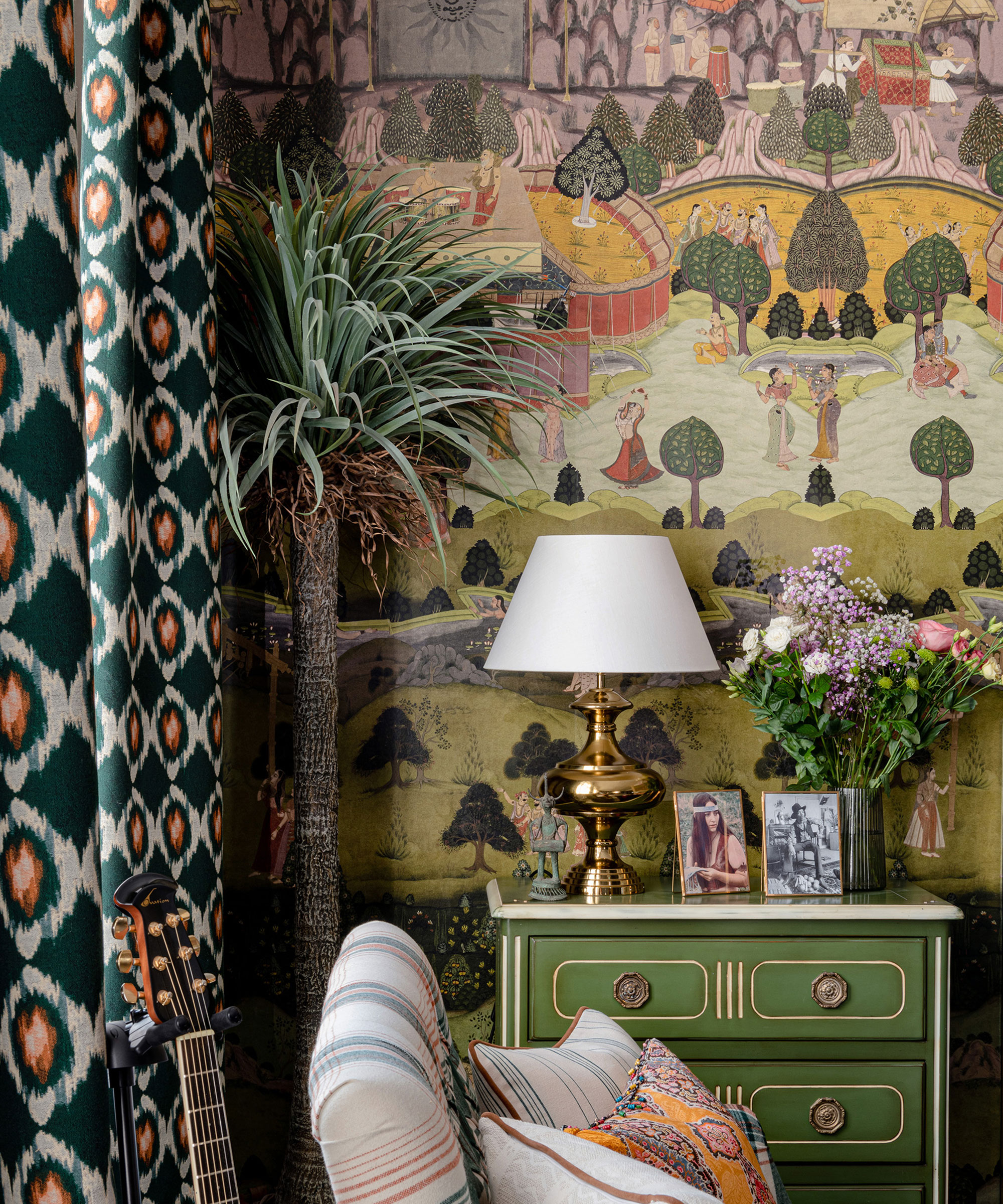
Considered color schemes make interiors shine, but wallpaper can take a room to the next level. Tanya Stone, interior designer and founder of Tanya Stone Interiors, says she uses wallpaper to spruce up select rooms of the house, from powder rooms to nurseries and beyond.
'The influence of wallpaper is undeniable – it's timeless, vibrant, and can remarkably transform a space without introducing clutter. With a vast array of options, it serves as a guaranteed mood lifter, evoking emotions from the past, infusing vibrancy, and contributing character, charm and happiness to any room,' says Tanya.

Tanya Stone is the founder and principal designer of Tanya Stone Interiors, a renowned firm that designs residential and commercial spaces, as well as bespoke furniture.
Making sure your home makes you feel good should be top of mind when it comes to renovations or room refreshes. By keeping your daily routine and personality in mind when designing, your home will serve as a comfortable, mood-boosting space you won't want to leave.
Sign up to the Homes & Gardens newsletter
Design expertise in your inbox – from inspiring decorating ideas and beautiful celebrity homes to practical gardening advice and shopping round-ups.

Abby was the Interior Design News Editor at Homes & Gardens and is now studying for her Master's degree in Journalism at City University, London. Prior to joining our team, she worked with Better Homes & Gardens, where she wrote and edited content about home decor, gardening tips, food news, and more. She studied Journalism and English Literature at New York University and moved to London to pursue her love of writing in 2023.
-
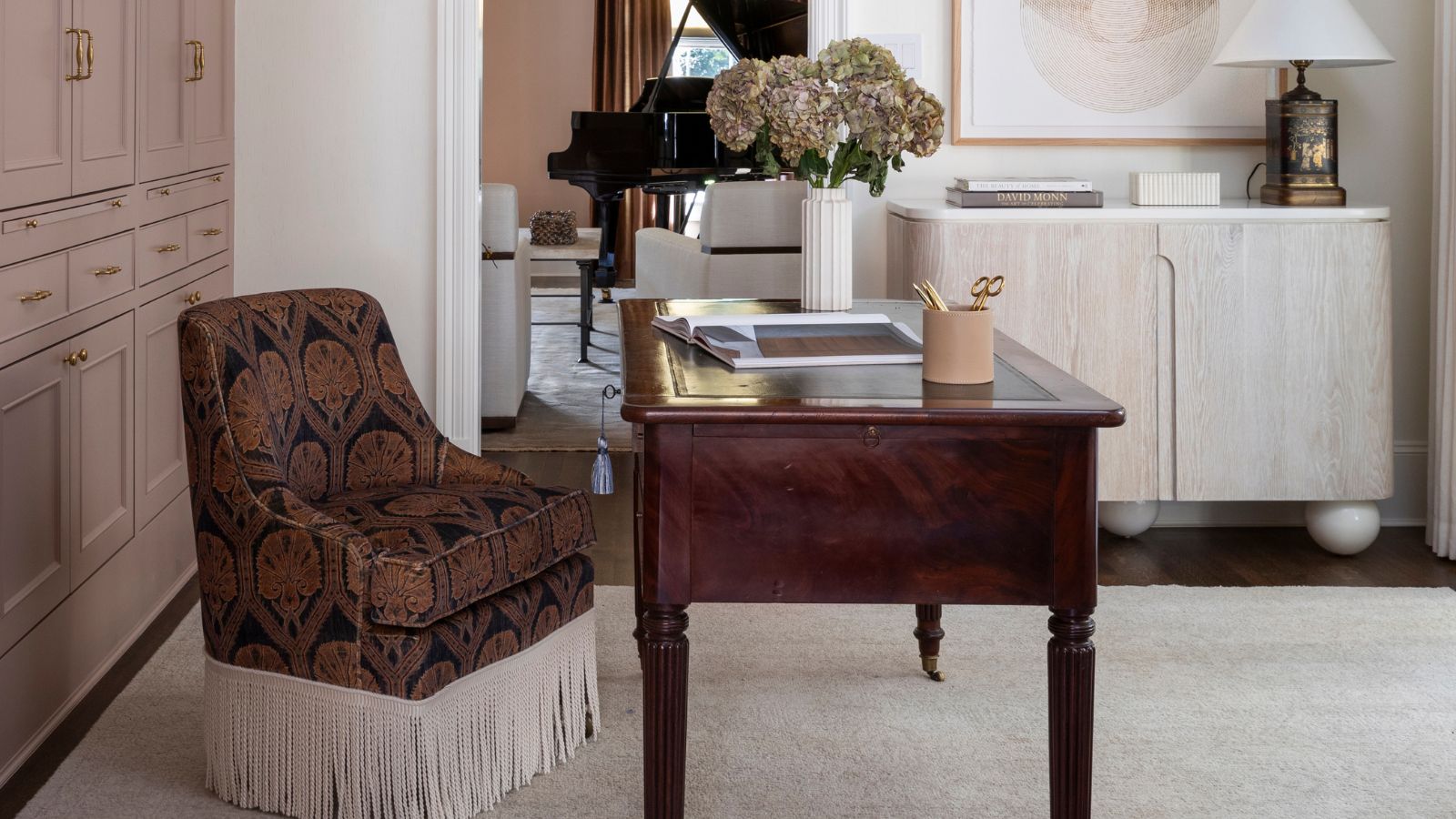 The rumours are true, the NYC trend for fringes and trimmings is actually happening – they are the secret weapon for making a room look expensive
The rumours are true, the NYC trend for fringes and trimmings is actually happening – they are the secret weapon for making a room look expensiveA trim or a ruffle is the finishing touch that can take a scheme from ordinary to the extraordinary in an instant
By Jennifer Ebert Published
-
 How to grow impatiens – garden experts reveal the secrets to growing this shade-tolerant, sparkling summer plant
How to grow impatiens – garden experts reveal the secrets to growing this shade-tolerant, sparkling summer plantBoth 'Busy Lizzie' and 'New Guinea' impatiens can thrive in shady yards
By Ellen Wells Published


